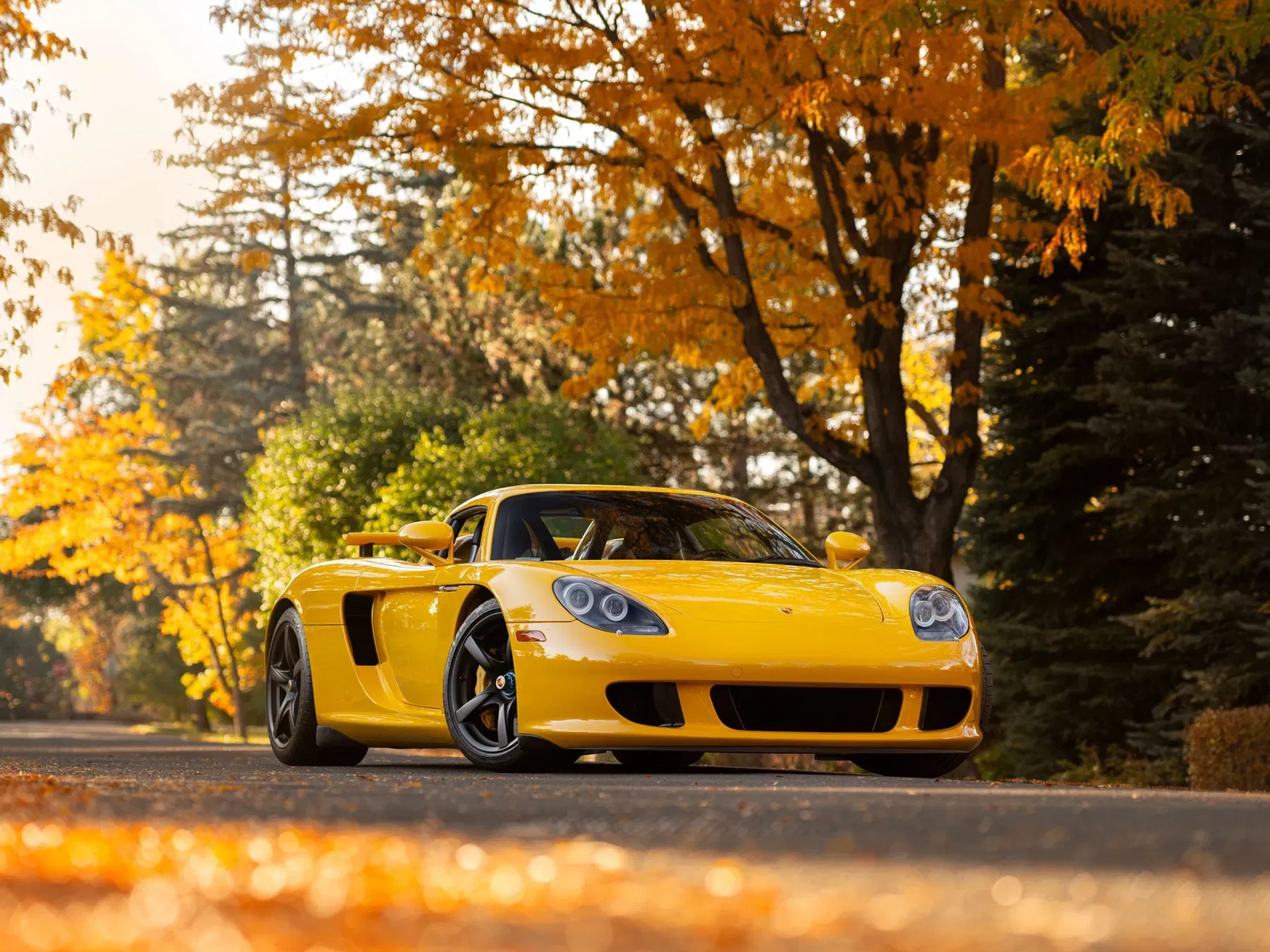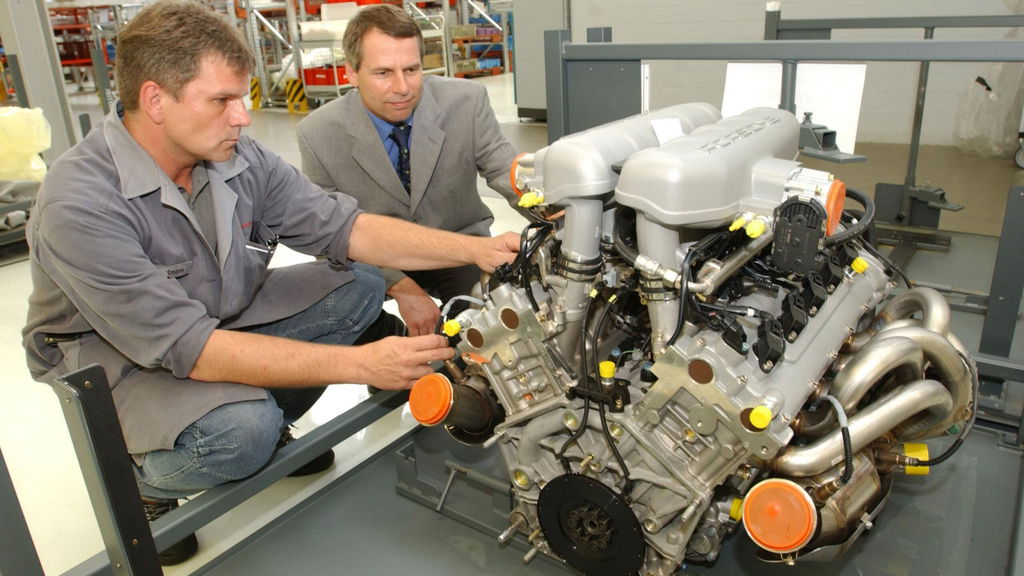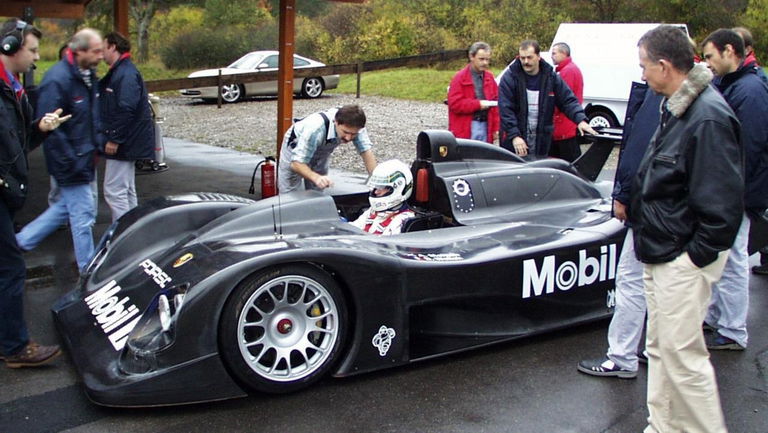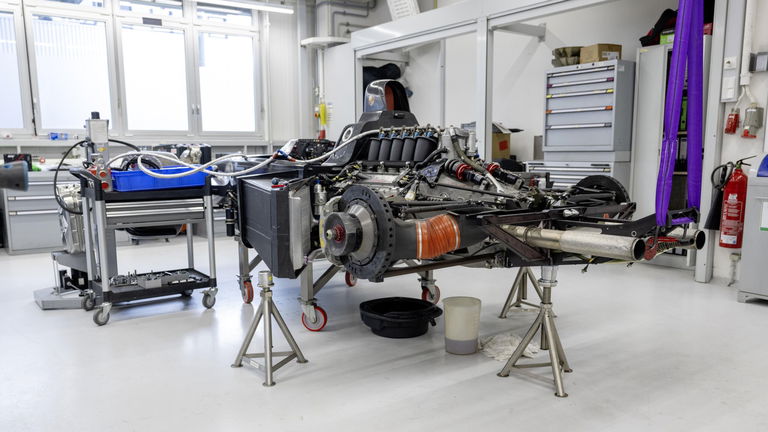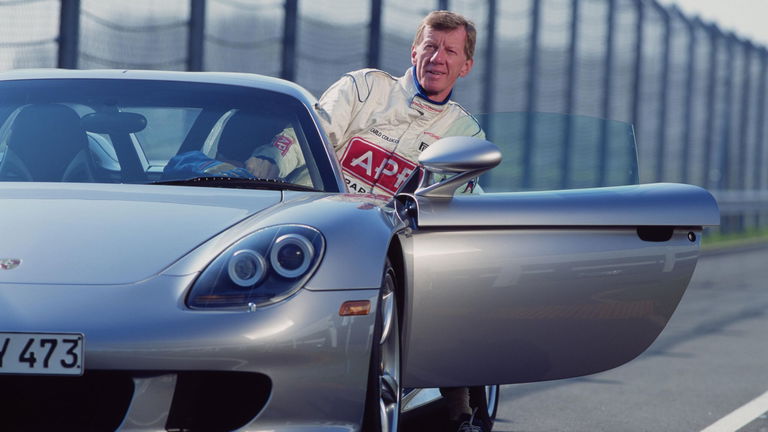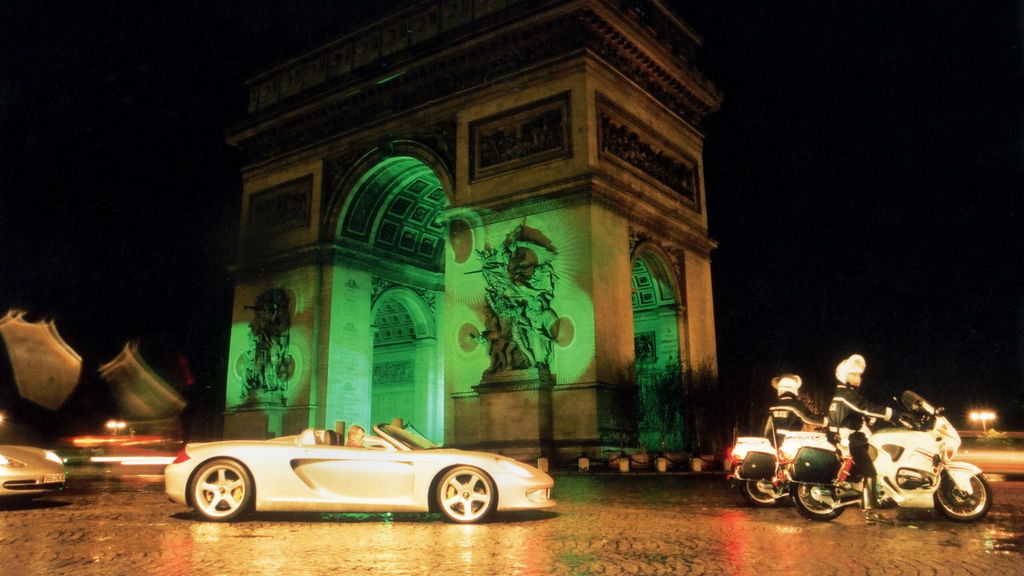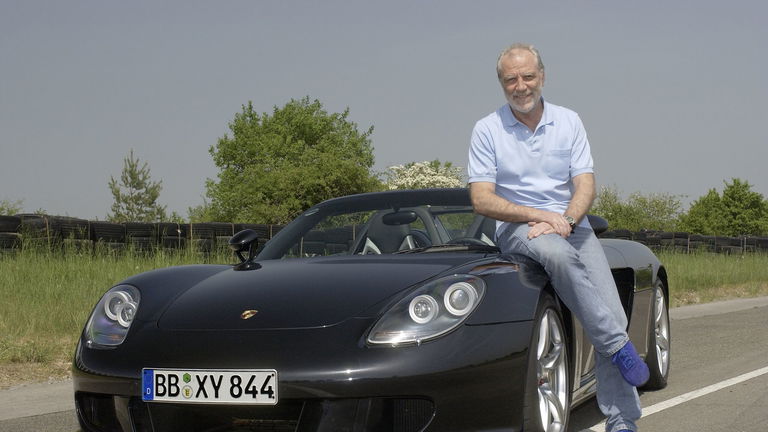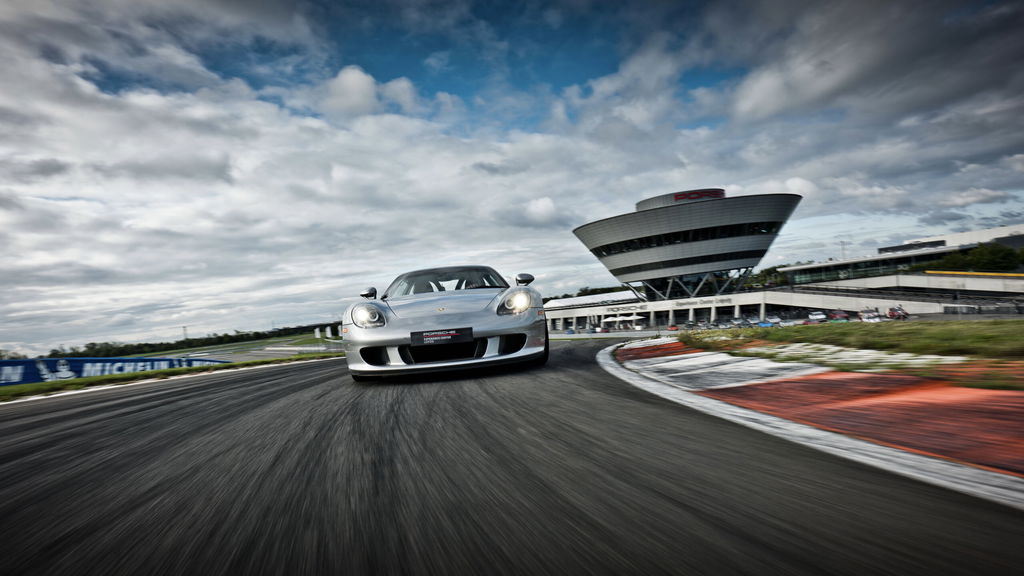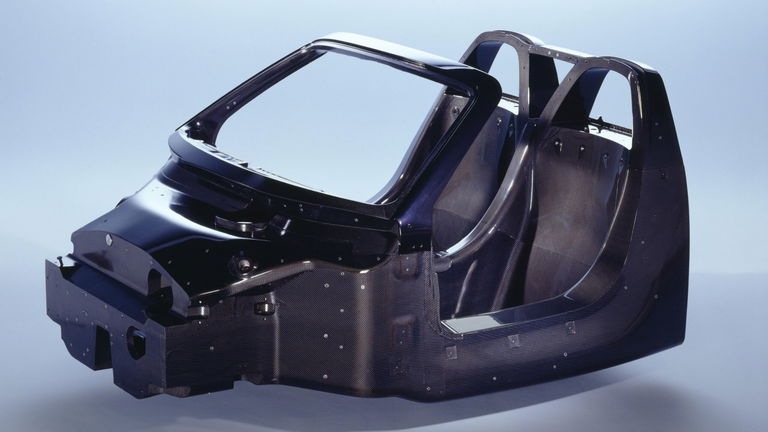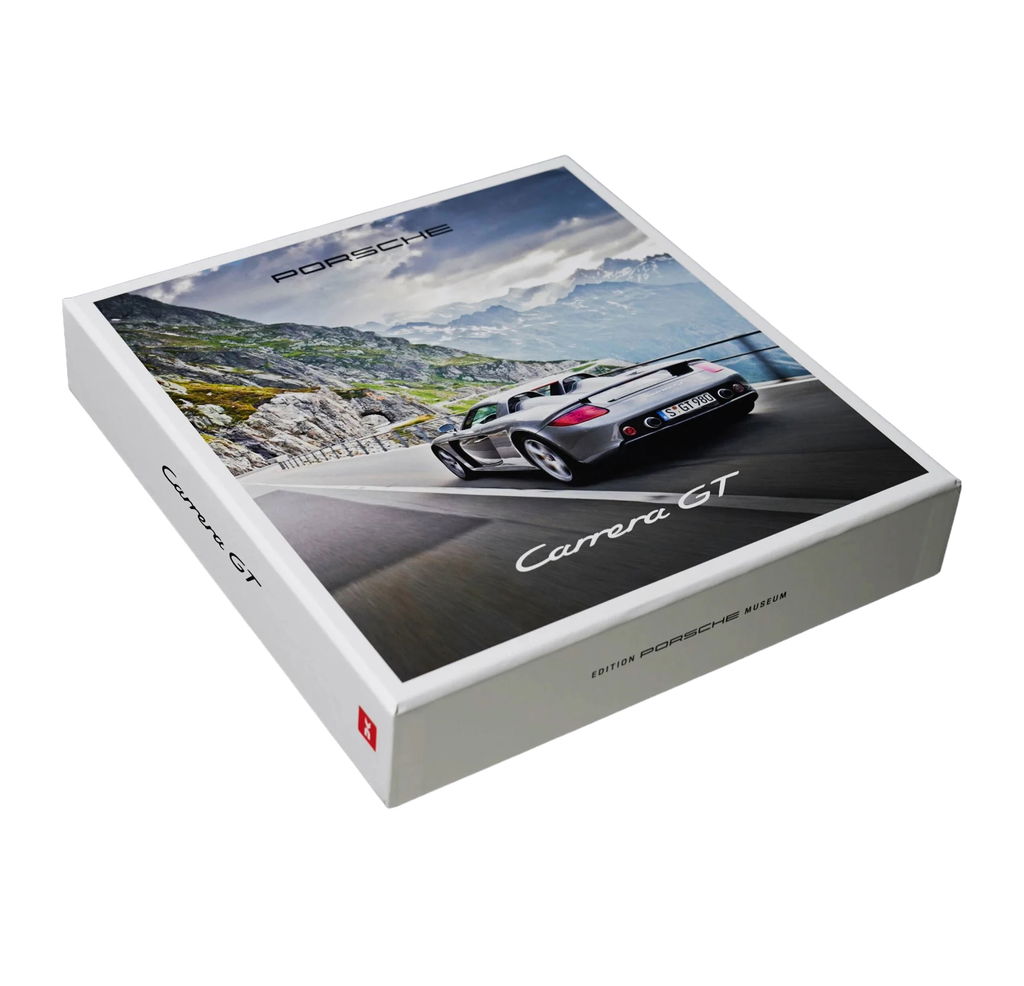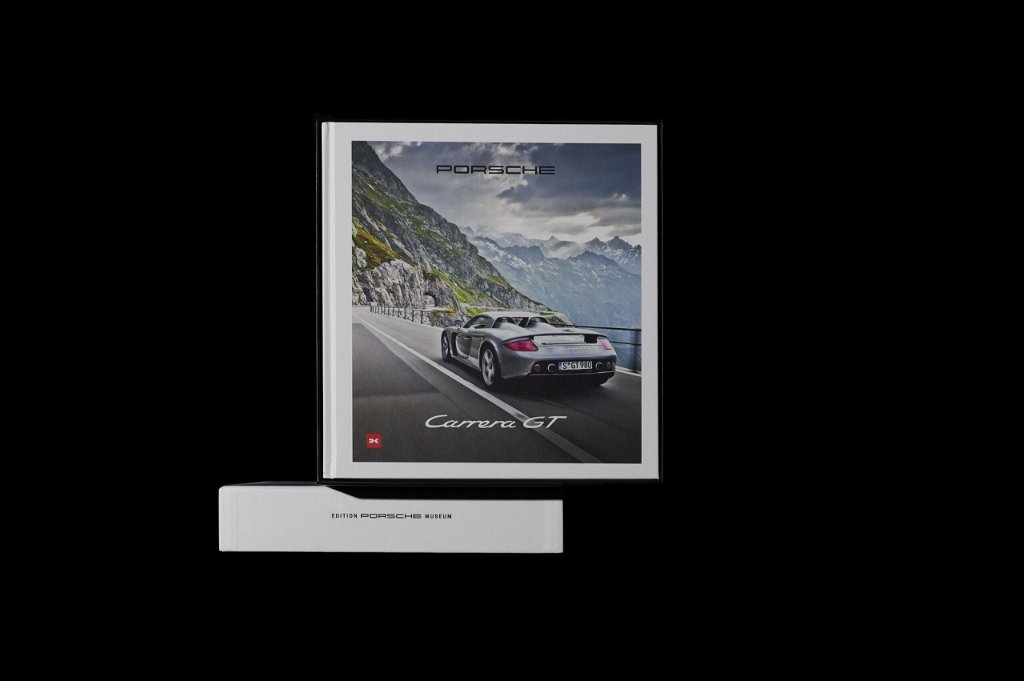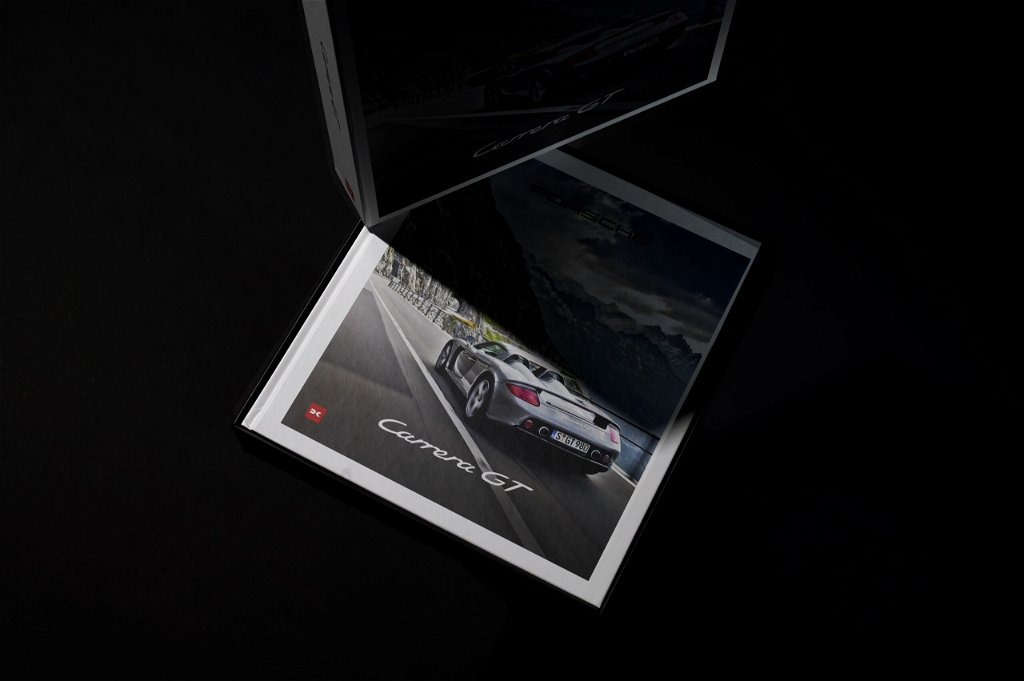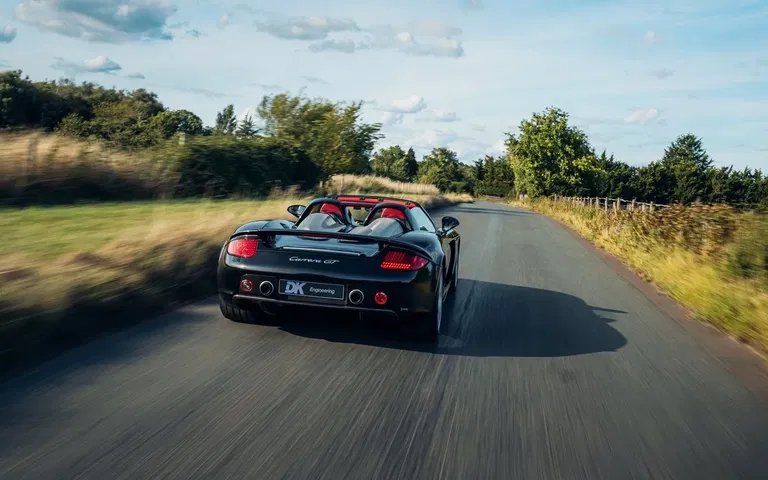25 years of Porsche Carrera GT – From failed Formula 1 dream to supercar legend
When Porsche presented a sports car concept with a mid-mounted V10 at the 2000 Paris Motor Show, few could have guessed that an icon had just been born. The Porsche Carrera GT was more than just another chapter in Stuttgart-Zuffenhausen’s long sports car history. It was the result of a series of projects that never crossed the finish line – and that is exactly where its fascination lies. On September 28, 2025, we celebrate 25 years of the Porsche Carrera GT. Today, it stands not only for uncompromising engineering but also for tragedy, fame, and an enduring aura.
From Formula 1 V10 to Road Car
The Carrera GT’s story goes back to the 1990s, when Porsche was looking for new opportunities. The company had hastily developed a V12 engine to enter Formula 1 and had already started work on a state-of-the-art V10 engine. But the Footwork team was so disappointed with the twelve-cylinder that the partnership ended before the V10 was finished.
The 5.7-liter V10 of the Porsche Carrera GT was based on the 5.5-liter V10 intended for the LMP2000 race prototype. © Porsche AG
Instead, the naturally aspirated ten-cylinder was shelved – until Porsche considered using it for a Le Mans prototype program. That plan also fizzled out. While the Weissach engineers completed the LMP2000 prototype, the board decided to cancel the project. What remained was an engine that never got the chance to prove itself in competition. But behind the scenes, work continued on a car that would honor it in an entirely different way: the Porsche Carrera GT, a mid-engine supercar unlike anything Porsche had ever built before.
The Porsche Carrera GT wasn’t built in Zuffenhausen
After the Carrera GT concept was so well received in 2000, Porsche pushed the Carrera GT toward production. But just before series production, veterans Walter Röhrl and Roland Kussmaul had to rework the car. Its handling was too edgy, its limits too narrow. Once sorted, production began in fall 2003 – not in Zuffenhausen, but at Porsche’s newly opened Leipzig facility.
Walter Röhrl drove the Carrera GT prototype past the Arc de Triomphe under police escort for the Paris Motor Show 2000. However, Röhrl and Roland Kussmaul still had a lot of fine-tuning to do before the car was ready for production. © Porsche AG
Powered by a 5.7-liter V10 producing 612 horsepower, the Carrera GT was a rolling statement. No turbochargers, no automated transmission, no stability control, no comfort package – just pure engineering. Its carbon-fiber monocoque was a first for a production car. The clutch wasn’t made from sintered metal, but ceramic. The brakes, of course, were Porsche Ceramic Composite Brakes. This mix of exotic materials resulted in just 1,380 kilograms (3,042 pounds) of curb weight.
The carbon fiber monocoque of the Porsche Carrera GT was a first in series vehicle construction. The V10 super sports car was not manufactured in Zuffenhausen, but in Leipzig. © Porsche AG
Performance was spectacular: 0–100 km/h (0–62 mph) in 3.9 seconds, a top speed well beyond 330 km/h (205 mph). The Carrera GT’s sound was unlike any Porsche before it. Instead of the trademark flat-six howl or turbo whoosh, it echoed Formula 1 engines made from even more exotic materials. One thing became clear quickly: the Carrera GT was not for everyone, though. Its price? €452,690.
Even after 25 years, the Carrera GT’s myth remains unbroken
In the early 2000s, the Carrera GT was the antithesis of Ferrari’s or Lamborghini’s more electronically advanced supercars. It demanded respect, precision, and skill. Even 25 years later, the Carrera GT is seen as the last truly analog supercar. That made it an icon – but also a challenge.
It was only Porsche’s second true supercar after the 959, and a myth grew around it almost immediately. It represents the last generation of uncompromising supercars that tested drivers instead of aiding them. In an era where driver-assistance systems make the limit controllable, the Carrera GT feels like a relic from a time of unyielding machines.
Inside, the Carrera GT was stripped to the essentials: a steering wheel with no buttons, three pedals, and a six-speed manual. That combination fed the legend of the last analog supercar. © Broad Arrow
The Paul Walker tragedy
But that raw character also had a dark side. In 2013, the world was shocked by the death of actor Paul Walker. The Fast & Furious star was riding as a passenger in a Carrera GT that went out of control. After hitting a tree at very high speed and bursting into flames, neither driver Roger Rodas nor Paul Walker could be saved.
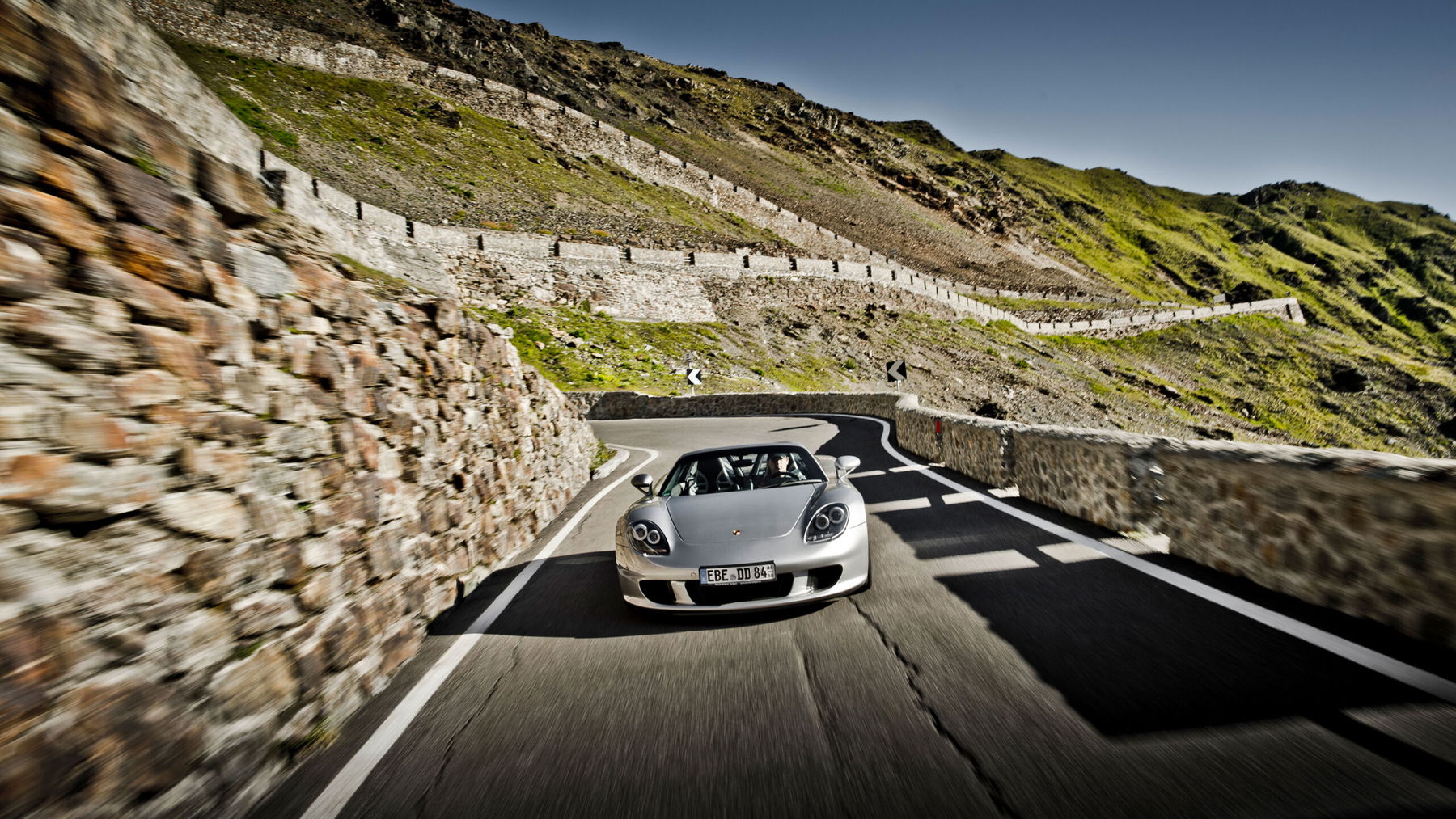

Whether the accident was caused by the car’s inherent danger will never be known. But it served as a brutal reminder of how quickly driving pleasure can turn into tragedy. The Porsche Carrera GT showed us how a technical masterpiece can become the stage for human loss with just one heavy throttle input. Walker’s death led to a lawsuit between his daughter Meadow and Porsche. The settlement only further fueled the legend.
25 Years of the Carrera GT also means 25 years of speculation
From 2003 to 2006, 1,270 Carrera GTs were built in Leipzig. That such a car wasn’t just driven by enthusiasts but also bought by collectors and speculators was inevitable. In the mid-2010s, prices hovered steadily just below the original sticker. A good decade later, they command seven-figure sums. By now, the Carrera GT has reached the financial Olympus of supercars as well.


While its values no longer climb by double-digit percentages each year, a price collapse is not in sight either. Collectors and enthusiasts worldwide continue to treasure its turn-of-the-century technology pushed to the extreme and its emotional appeal. Particularly desirable are cars in rare colors such as Fayence Yellow with Terracotta interiors. These command significantly higher prices than more common GT-Silver cars.
Special interior features such as Austrian red Leather to Sample or Fayence Yellow paintwork are rare and in high demand. © DK Engineering & RM Sotheby’s
Looking back after 25 years of Porsche Carrera GT
A Porsche Carrera GT is more than a car – it’s a time capsule. It represents a piece of automotive history shaped by false starts, turning points, and emotions like few others. The Carrera GT is the child of a failed Formula 1 dream and an abandoned Le Mans project. At once triumph and cautionary tale, legend and warning.
© David Fierlinger, Elferspot
Probably no other Porsche embodies so many facets of the brand’s history. And there is a sad irony that the Carrera GT also proves the saying “history repeats itself.” In 1955, James Dean – a rising young Hollywood star – was killed in a Porsche, just as Paul Walker was 58 years later.
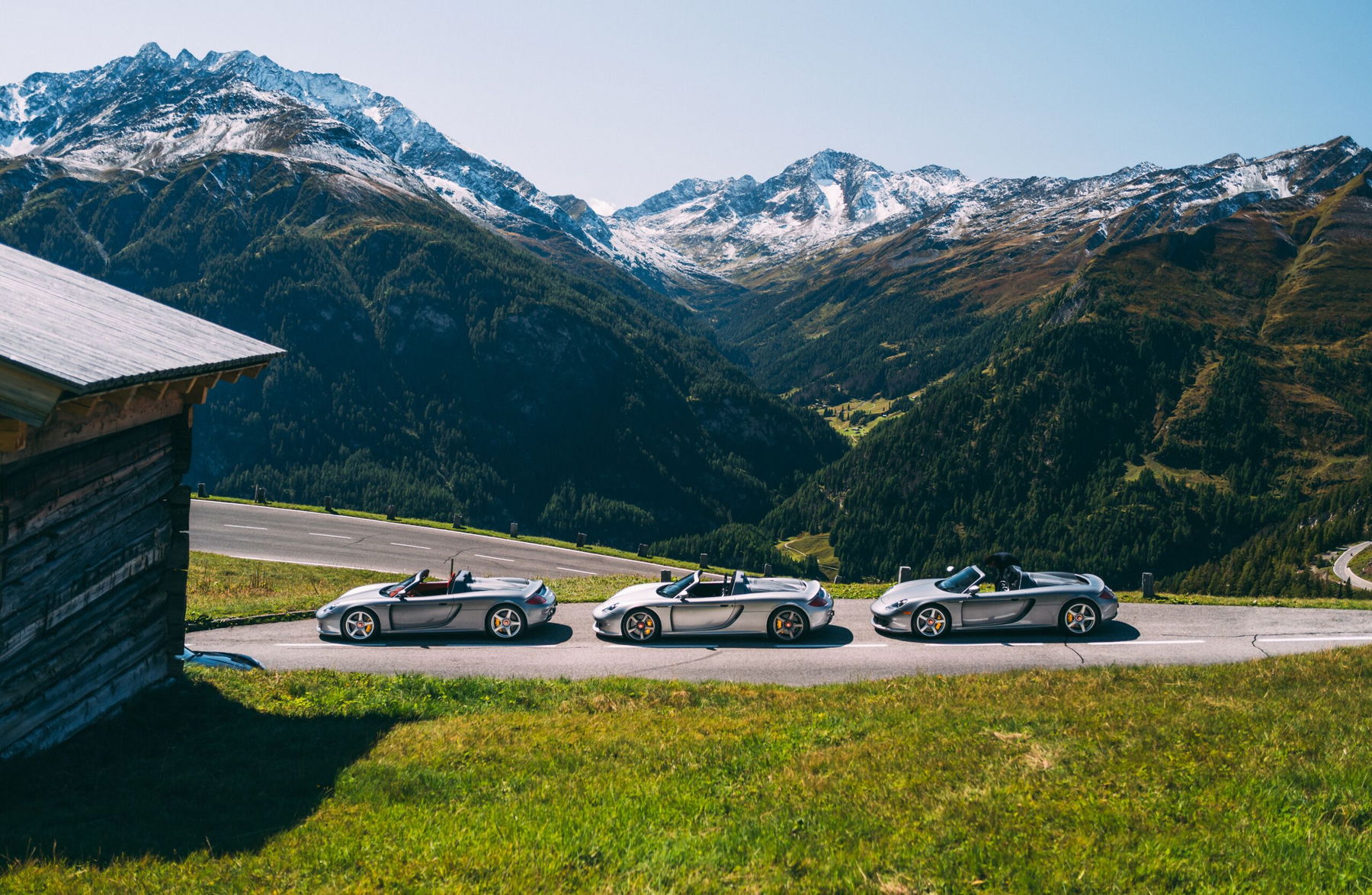
The Carrera GT’s legacy is unique. Its V10 soundtrack, its uncompromising design, the tragedy surrounding Paul Walker – all of this makes it immortal. Twenty-five years of the Porsche Carrera GT is not just an anniversary. It is a celebration of a machine that will likely never be matched again. Happy birthday, Porsche Carrera GT!
© Titelbild: RM Sotheby’s
Elferspot magazine
You have reached your article limit for this month.
Become an Elferspot Member now and get unlimited access to our Elferspot Magazine and other features!
- No obligations or charges.
- We help you find your dream car: get newly added cars straight into your mailbox.
- Your own watch list for your favorite cars.
- Unlimited access to Elferspot Magazin.
- -10% welcome discount for Elferspot textile products
- Successfully sell your Porsche via Elferspot.
